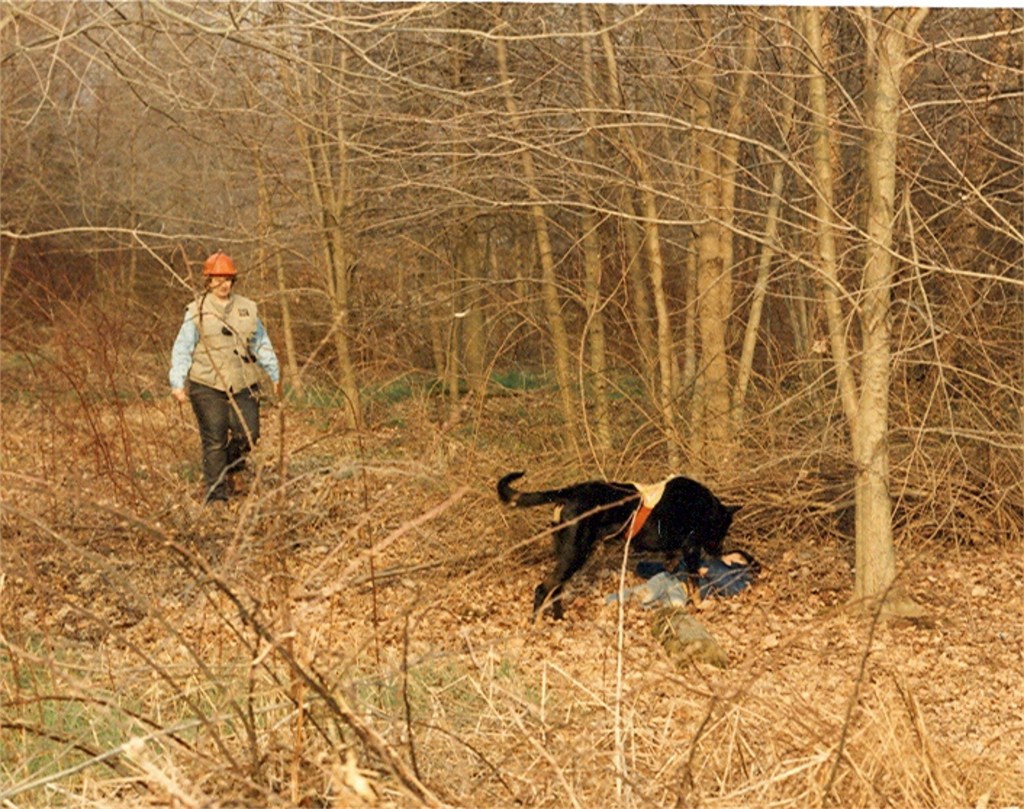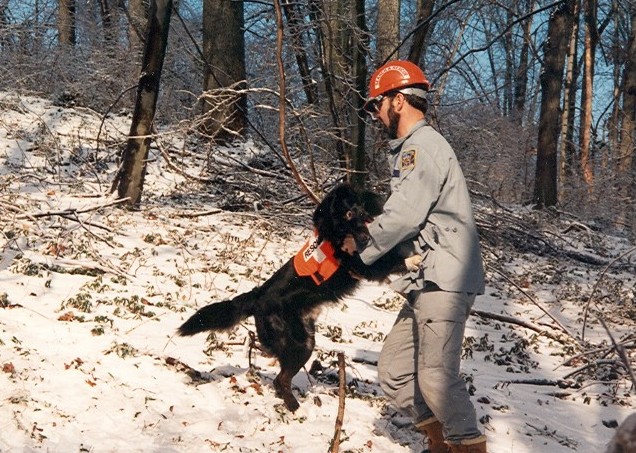Because we cannot talk to dogs or give them the same type of cognitive tests that we give people, the latest research that shows how slow a dog walks could mean that he is suffering from dementia is a step in the right direction.
“Walking speed in people is strongly associated with cognitive decline,” says Natasha Olby, Dr. Kady M. Gjessing and Rahna M. Davidson Distinguished Chair in Gerontology at NC State and corresponding author of the study. “We hypothesized that the same might be true in dogs.”
The researchers tested 46 adult dogs (control group) and 49 senior dogs to determine if the speed that they walked corresponded with dementia. They had the dog’s owners fill out a questionnaire and in addition, the researchers did cognitive testing as well. They considered all factors that could influence the test results such as the size of the dog, possible joint pain, and the difference if the dog walked on leash or off leash.
They came to the conclusion that a senior dogs walking speed does correspond with dementia.
Sue’s note: Since we cannot accurately give dogs mental tests, any other way to help owners recognize that their dog may be in mental decline is good. However, if you see signs of mental decline in your dog, do not assume that it is due to old age. Have your dog examined by your veterinarian since physical issues may be the culprit, not dementia or old age.
The work appears in Frontiers in Veterinary Science and was supported by the Kady M. Gjessing and Rahna M. Davidson Distinguished Chair in Gerontology. Alejandra Mondino, postdoctoral researcher at NC State, is lead author of the study.

Journal Reference:
- Alejandra Mondino, Michael Khan, Beth Case, Gilad Fefer, Wojciech K. Panek, Margaret E. Gruen, Natasha J. Olby. Winning the race with aging: age-related changes in gait speed and its association with cognitive performance in dogs. Frontiers in Veterinary Science, 2023; 10 DOI: 10.3389/fvets.2023.1150590
Cite This Page:
North Carolina State University. (2023, June 27). Slow walking could be sign of dementia in older dogs. ScienceDaily. Retrieved June 29, 2023 from http://www.sciencedaily.com/releases/2023/06/230627123033.htm










